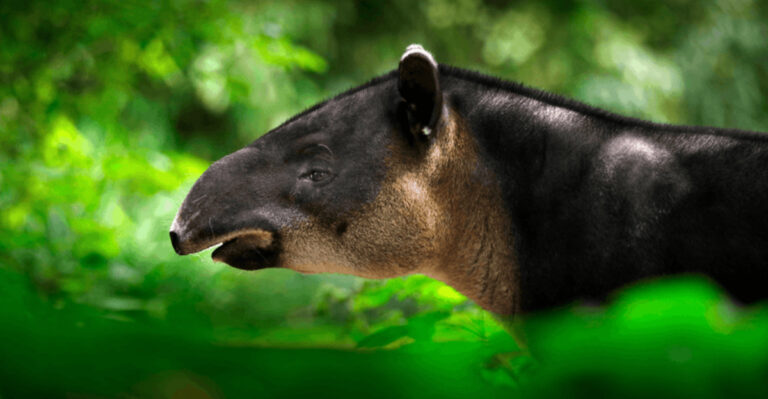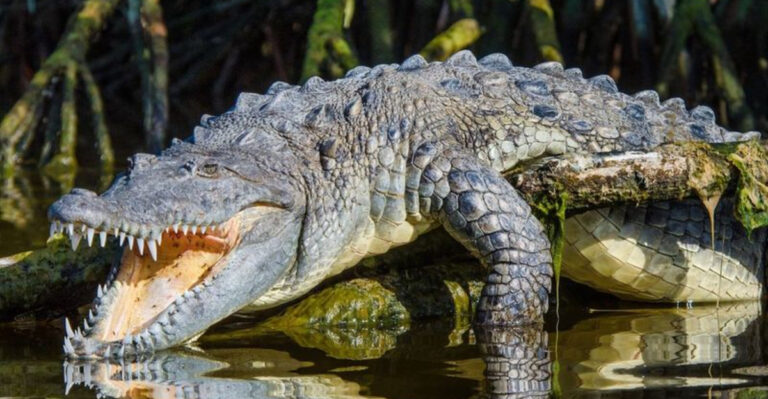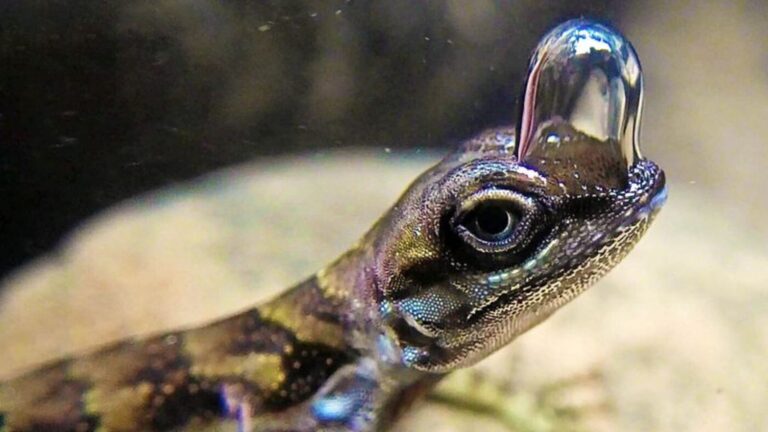16 Reasons Turtles Are The Most Incredible Ancient Survivors
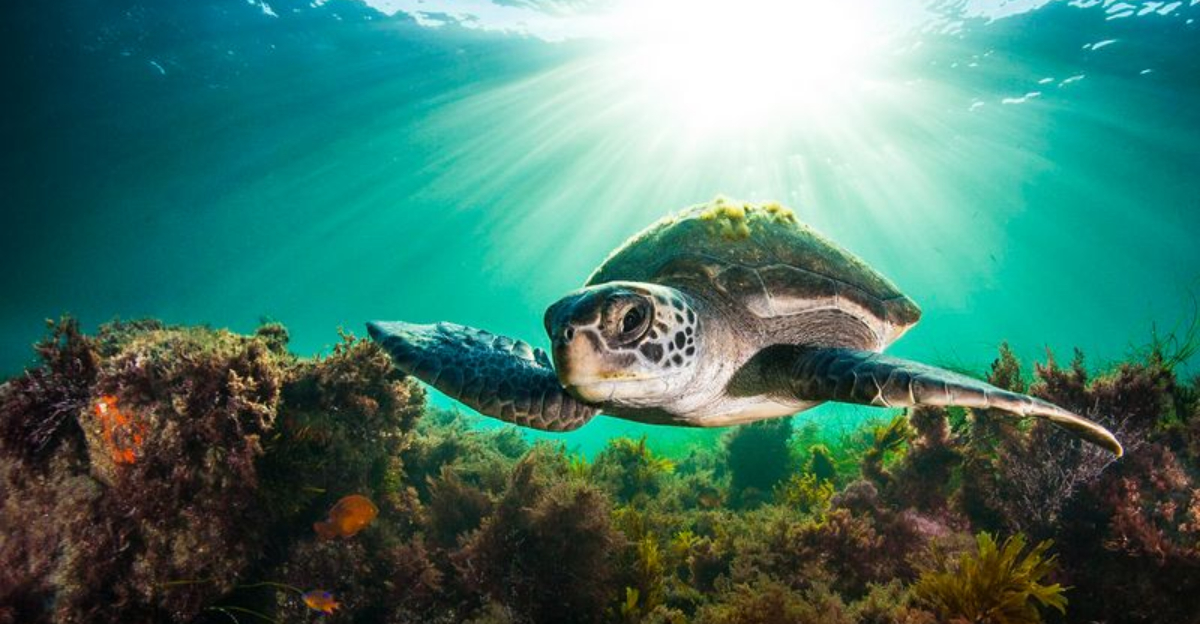
Turtles have been around for over 200 million years, surviving mass extinctions that wiped out the dinosaurs.
Their resilience and adaptability make them one of nature’s most incredible ancient survivors. Let’s explore what makes these shelled reptiles so fascinating and enduring.
1. Shell Defense

Turtles didn’t just wake up one day with armor. Their iconic shells evolved as a defense mechanism against predators. Imagine carrying your own shield everywhere you go!
This natural body armor protects them from attacks, making it hard for predators to munch on them.
It’s not just a hard hat, though. The shell is part of the turtle’s skeleton, providing structural support. Over millions of years, this feature has helped turtles survive in diverse environments, from deserts to oceans.
2. Longevity
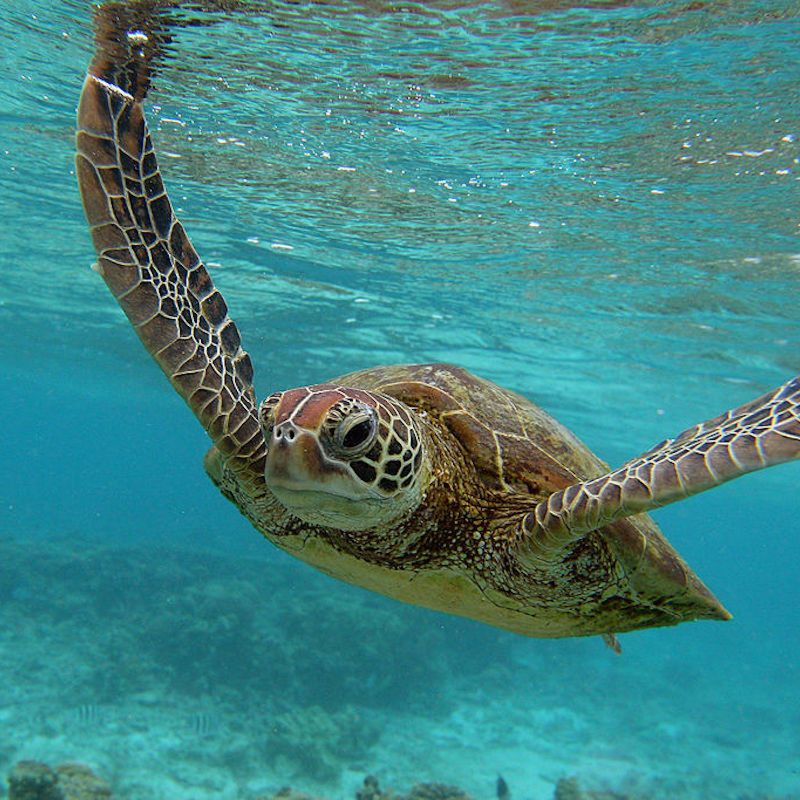
Living to a ripe old age is not rare if you’re a turtle. Some species can live over 100 years. This longevity gives turtles ample time to reproduce and pass their genes on to future generations.
It’s like having multiple lifetimes compared to other animals, and this extended lifespan contributes to their survival. Picture a turtle lounging around, taking life one slow step at a time.
3. Slow Metabolism
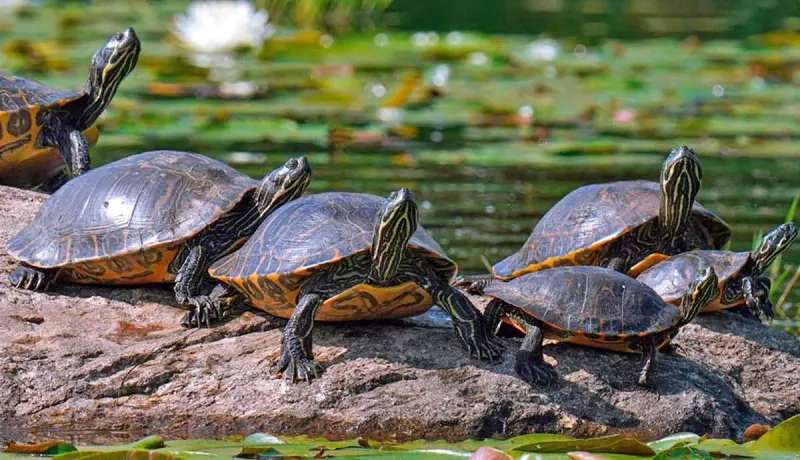
Turtles have perfected the art of taking it easy. Their slow metabolism allows them to survive longer without food, especially in harsh conditions.
Imagine being able to go weeks without a meal—turtles make it look effortless!
By conserving energy, they can thrive in environments where food is scarce.
This ability to adapt to their surroundings makes turtles formidable survivors, able to endure where others might perish.
4. Adaptable Diet
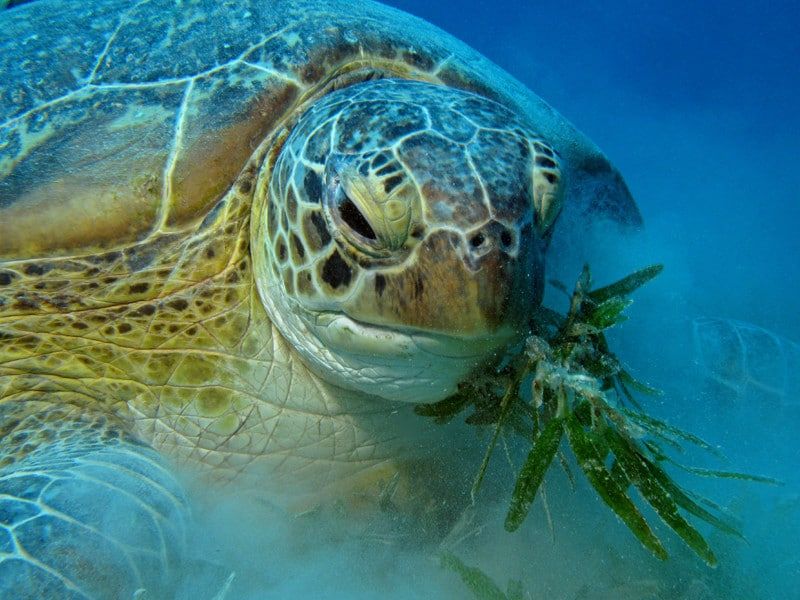
Turtles are dietary chameleons. They eat what’s available, from plants to small creatures. This flexibility helps them thrive in various habitats, whether it’s a lush forest or a sparse desert.
Their varied diet means they’re not picky eaters, allowing them to adjust to changing food availability.
This adaptability in their diet is a crucial survival trait, making them resilient in the face of environmental changes.
5. Amphibious Lifestyle
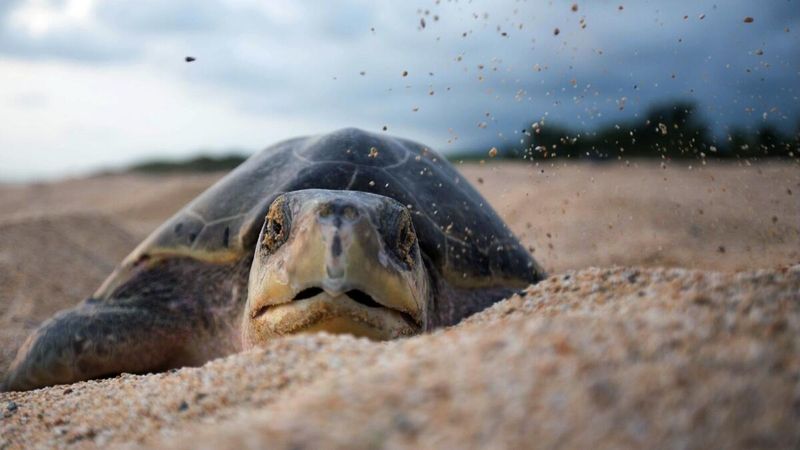
Turtles enjoy the best of both worlds – land and water. Their amphibious nature lets them escape land dangers by diving into water, and vice versa.
This versatility is like having a summer home and a winter retreat.
Their ability to thrive in both environments increases their survival chances. Picture a turtle gliding through water, then leisurely sunbathing on land—it’s the ultimate adaptable lifestyle.
6. Ancient Ancestry

Turtles are living relics of the past, evolutionarily linked to the era of dinosaurs. These ancient creatures have undergone minimal changes over millions of years, proving their design is near perfect.
Their ancient ancestry gives them a timeless appeal, connecting modern-day turtles to prehistoric times. This long-standing presence is a testament to their ability to survive through major Earth changes.
7. Unique Reproduction
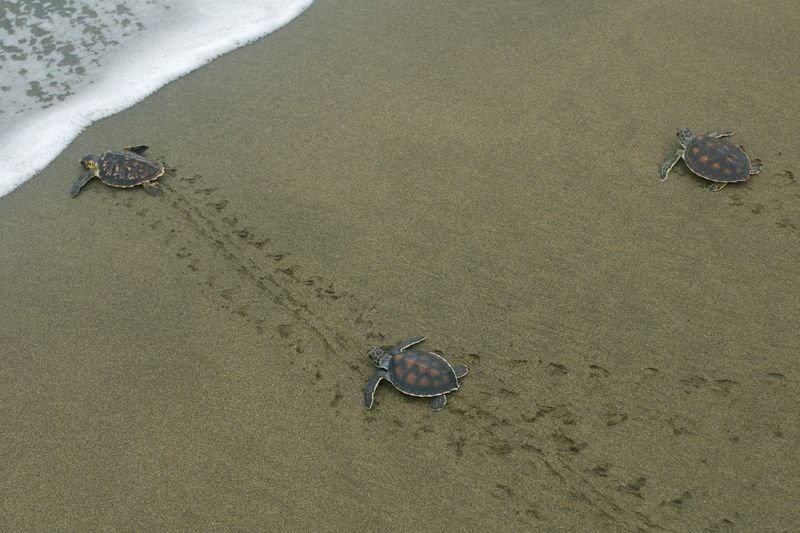
Turtles have a unique approach to reproduction. Most lay their eggs on land, burying them in sand or soil. This strategy protects the eggs from aquatic predators, increasing the chances of survival.
Once hatched, baby turtles must make a dash to water, a perilous journey that only the strongest survive.
This method, despite its challenges, ensures that only the fittest make it, contributing to the species’ resilience.
8. Temperature Regulation
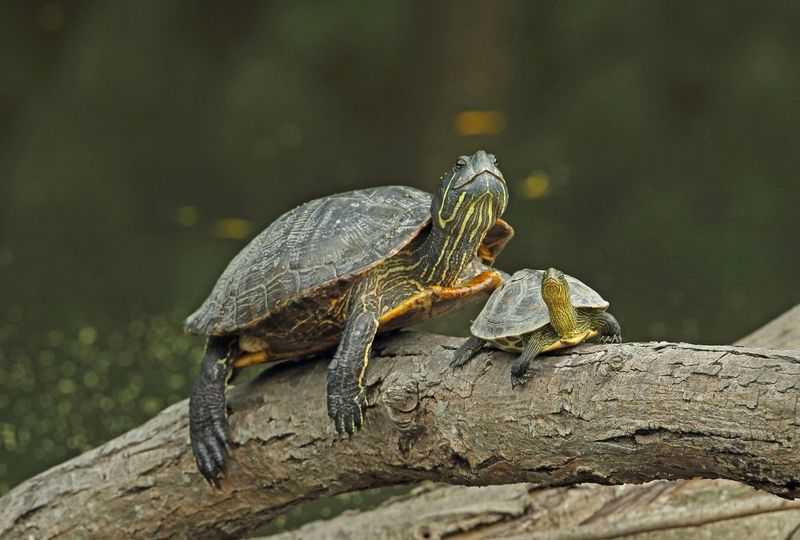
Turtles are masters of temperature control. Being cold-blooded, they rely on external heat sources, like the sun, to regulate their body temperature. You’ll often find them basking under the sun, soaking up warmth.
This sunbathing isn’t just for relaxation; it’s essential for their survival. By adjusting their exposure to heat, turtles manage their metabolic processes and energy use efficiently.
9. Strong Navigational Skills
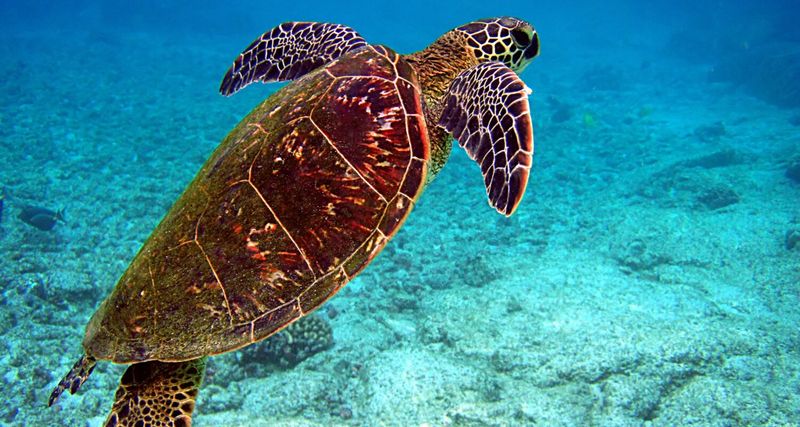
Turtles have an internal GPS of sorts. Sea turtles, for instance, can navigate across vast oceans to return to the exact beach where they were born. This homing ability is crucial for reproduction and survival.
Their navigational skills are so refined that scientists are still trying to fully understand them. It’s like having an innate map that guides them through the mysteries of the sea.
10. Resilient Immune System
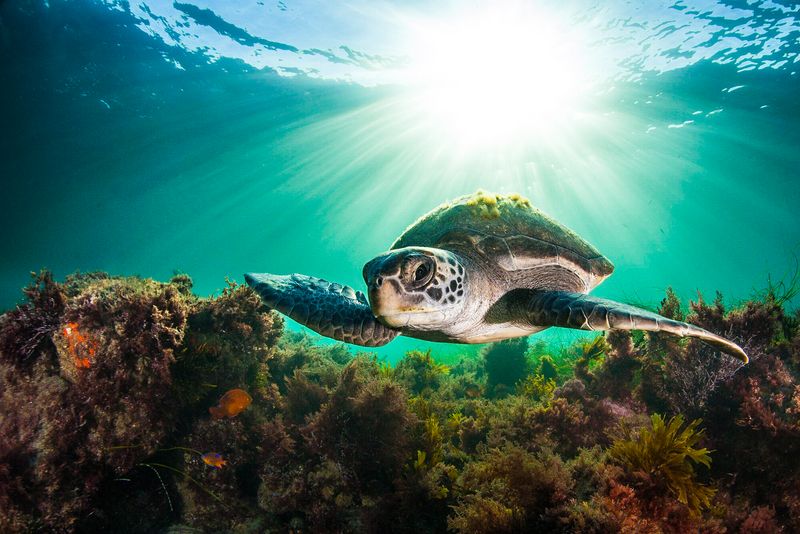
Turtles boast a robust immune system, which helps them fend off diseases that might plague other animals. This resilience contributes significantly to their long-term survival.
Their hardy immune system is like having an inbuilt doctor, keeping them healthy through the ages.
This natural defense mechanism is a key part of their survival strategy, allowing them to thrive in diverse environments.
11. Habitat Versatility
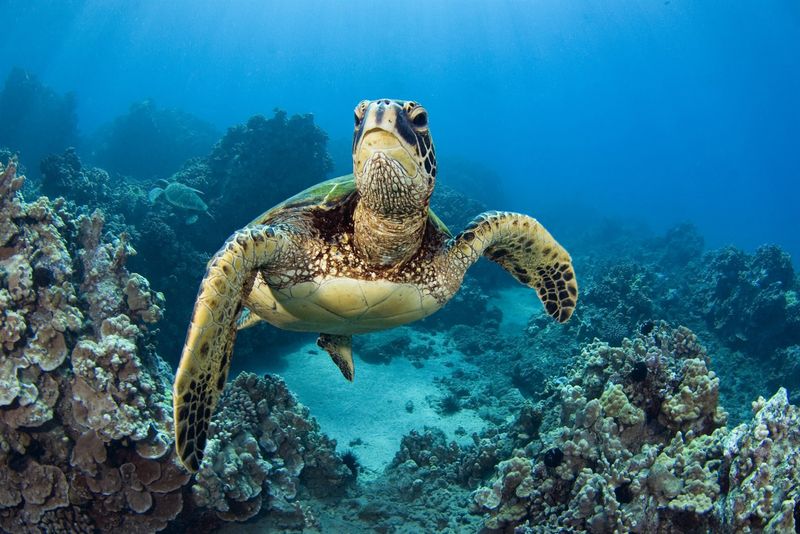
Turtles can adapt to a range of habitats, from scorching deserts to lush forests and expansive oceans. This versatility allows them to exploit different environmental niches, increasing their survival chances.
Their ability to thrive in varied habitats makes turtles one of the most adaptable species on the planet. It’s like having multiple homes, suited to different seasons and climates.
12. Natural Camouflage

Turtles are masters of disguise. Their shell colors often mimic their surroundings, providing natural camouflage from predators. This stealthy advantage lets them remain hidden in plain sight.
Being able to blend in with the environment reduces the risk of predation, enhancing their survival. It’s like wearing nature’s own invisibility cloak, a clever tactic that’s stood the test of time.
13. Minimalist Lifestyle
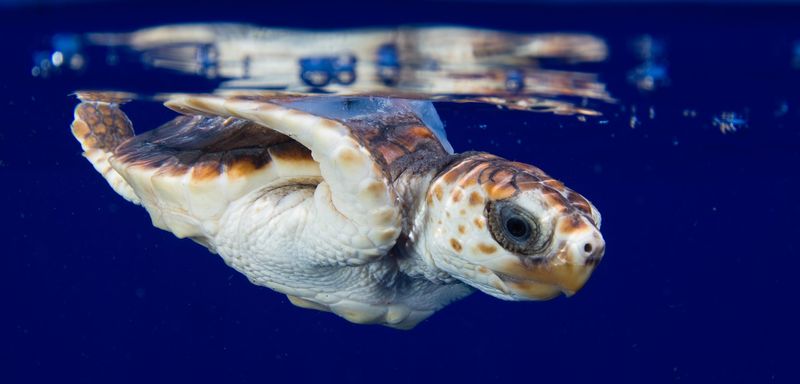
Turtles embody simplicity with their minimalist lifestyle. Carrying their homes on their backs, they need very little to survive and thrive. This simplicity reduces dependency on resources.
Their minimalist approach to life means they can focus on survival essentials rather than luxuries. This efficient living style contributes to their enduring presence through the ages.
14. Environmental Indicators

Turtles act as environmental indicators, reflecting the health of their ecosystems. Their presence or absence can signal changes in the environment, like pollution or habitat destruction.
By monitoring turtle populations, scientists gain insights into broader ecological impacts. It’s like being nature’s own weather vane, providing crucial information about environmental health.
15. Diverse Species

Turtles boast incredible diversity, with over 300 species worldwide, each adapted to specific environments. This variety enhances their resilience, as different species thrive under different conditions.
Their species richness means turtles have spread across almost every continent and climate, contributing to their global survival.
It’s like having a wide array of cousins spread all over the world, each thriving in their unique way.
16. Cultural Significance
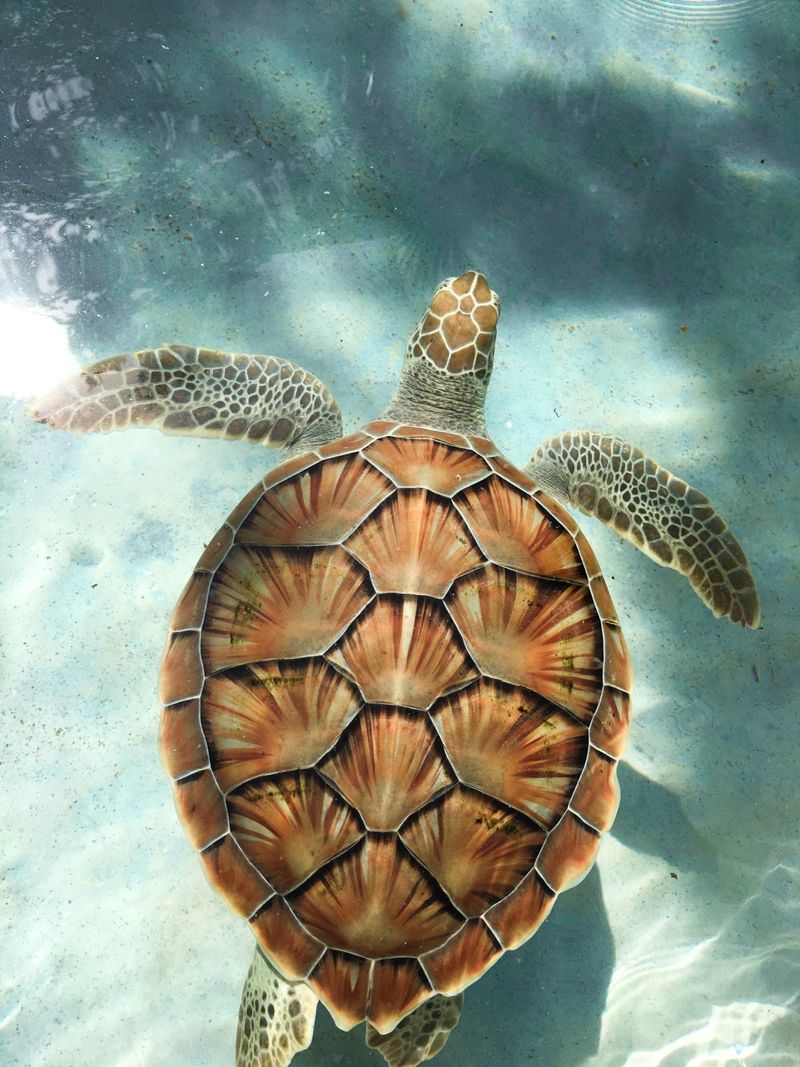
Throughout history, turtles have held cultural significance in many societies. They symbolize wisdom, longevity, and stability, featuring in myths and legends worldwide.
This cultural importance reflects the deep connection humans have with turtles, often seen as symbols of life’s enduring journey. It’s like being nature’s philosopher, imparting wisdom through time.


